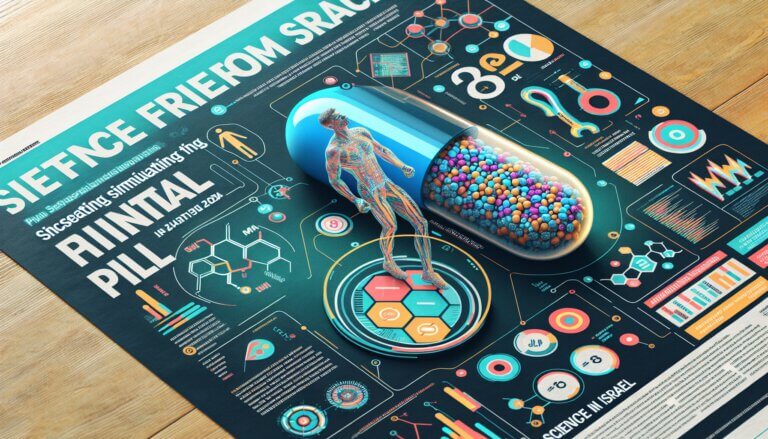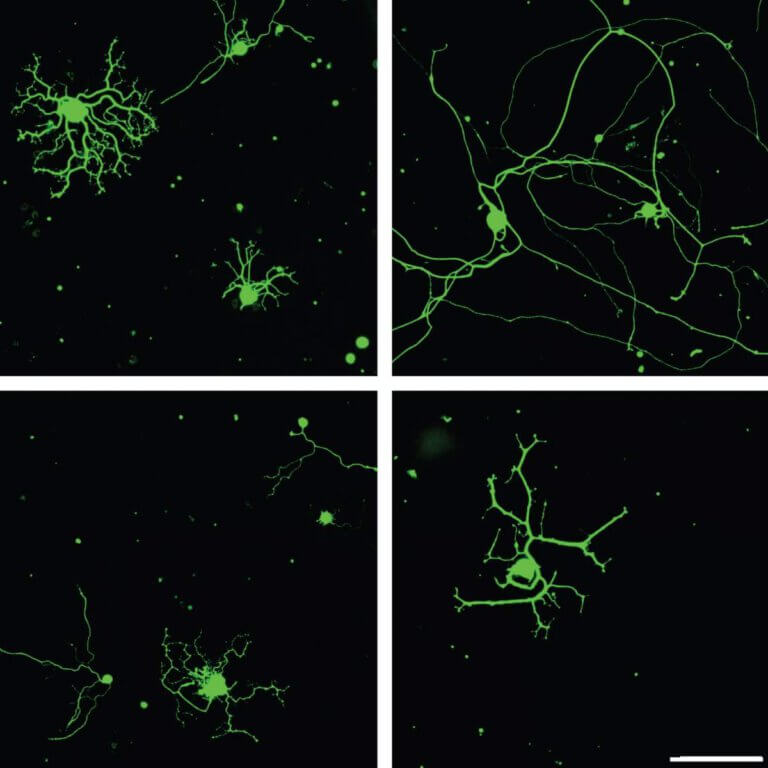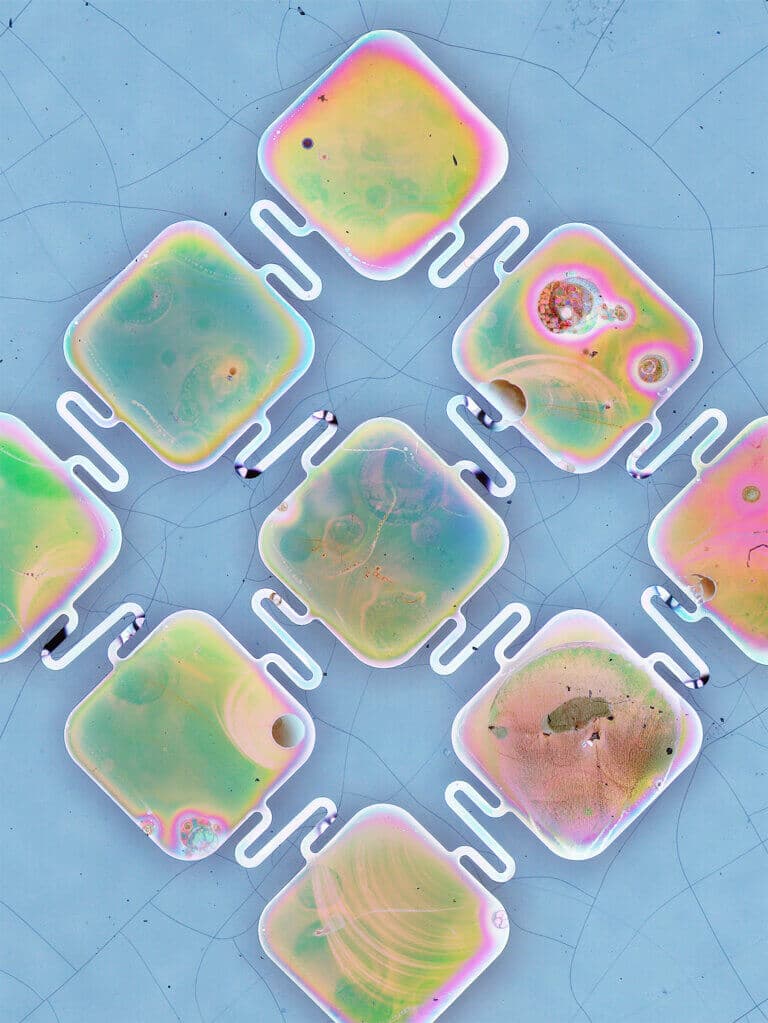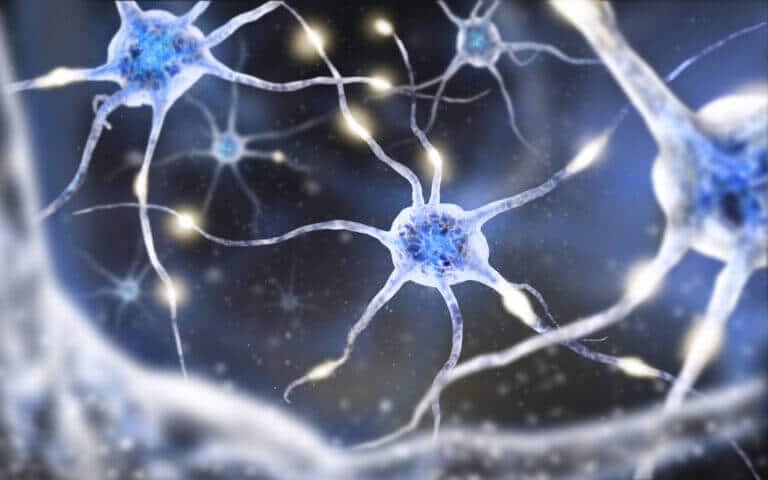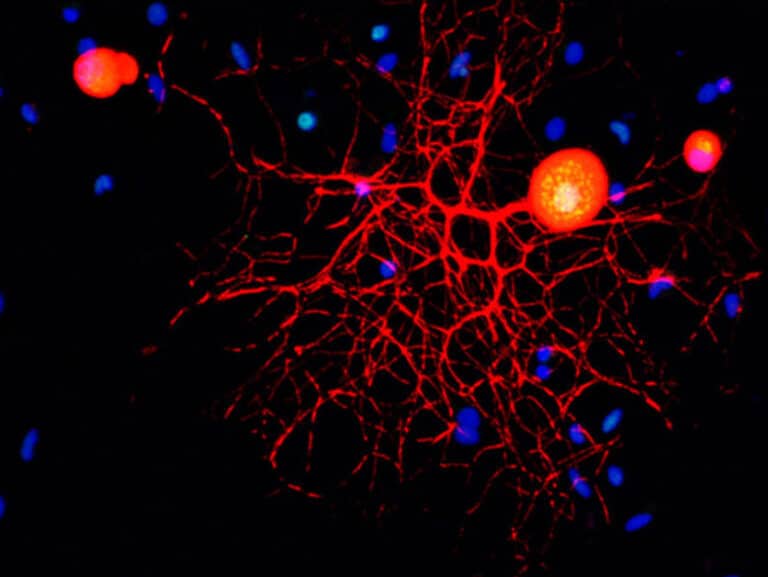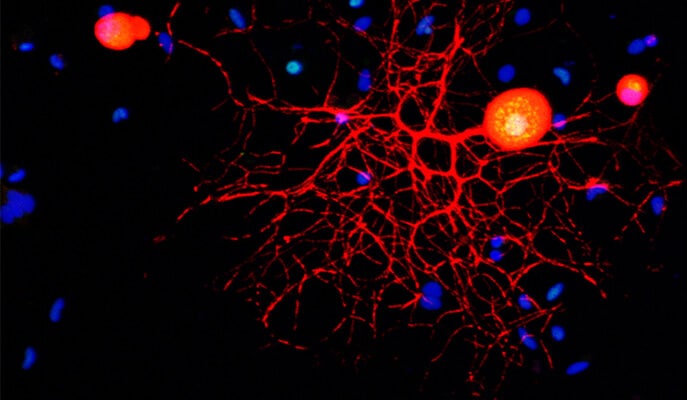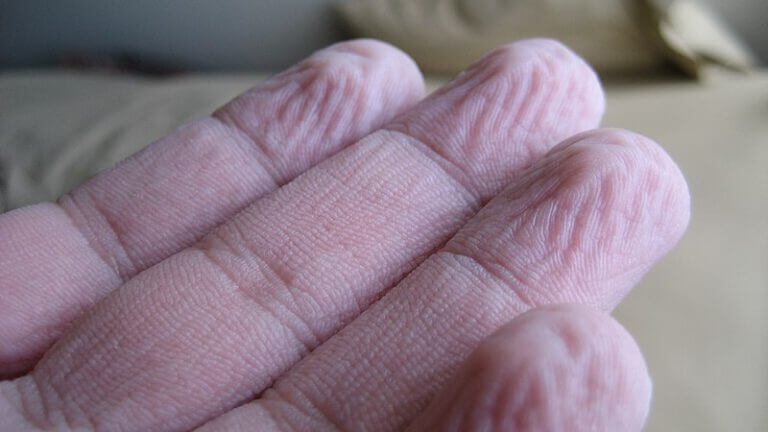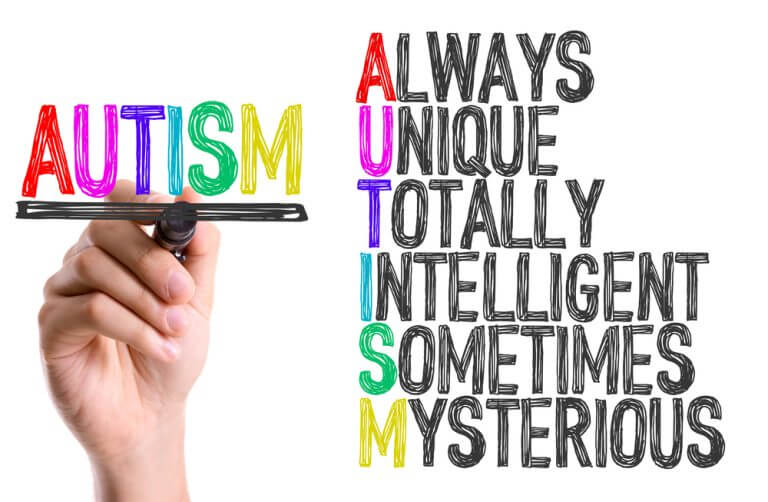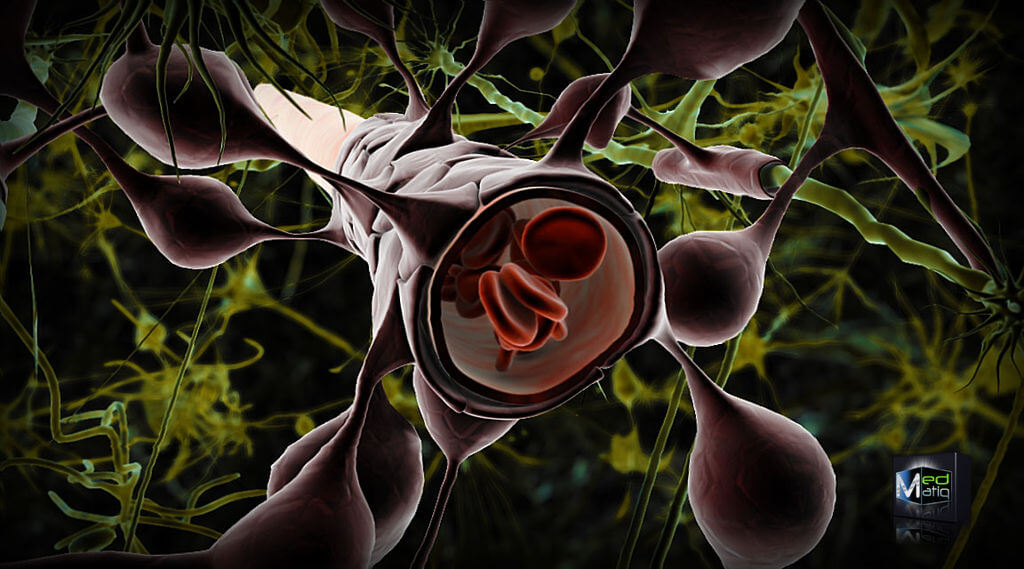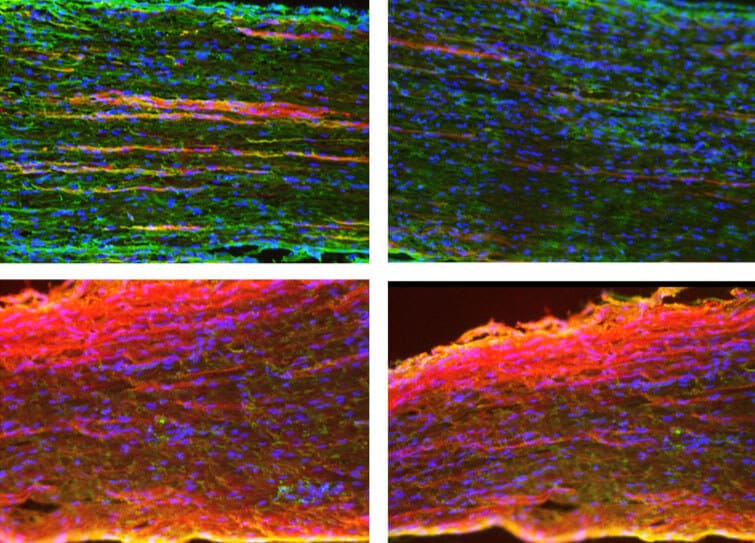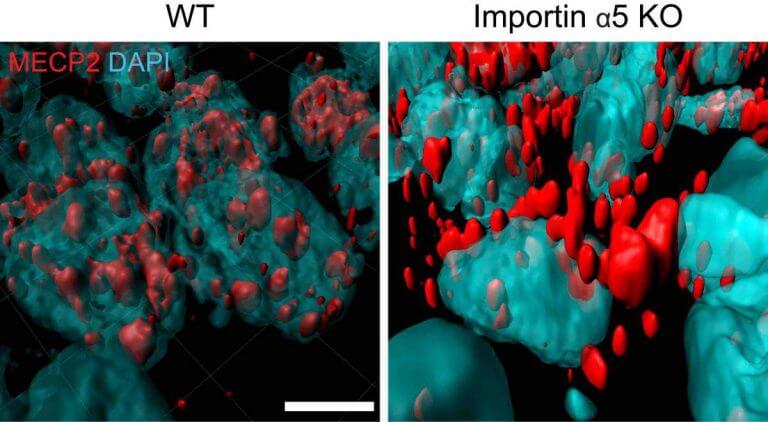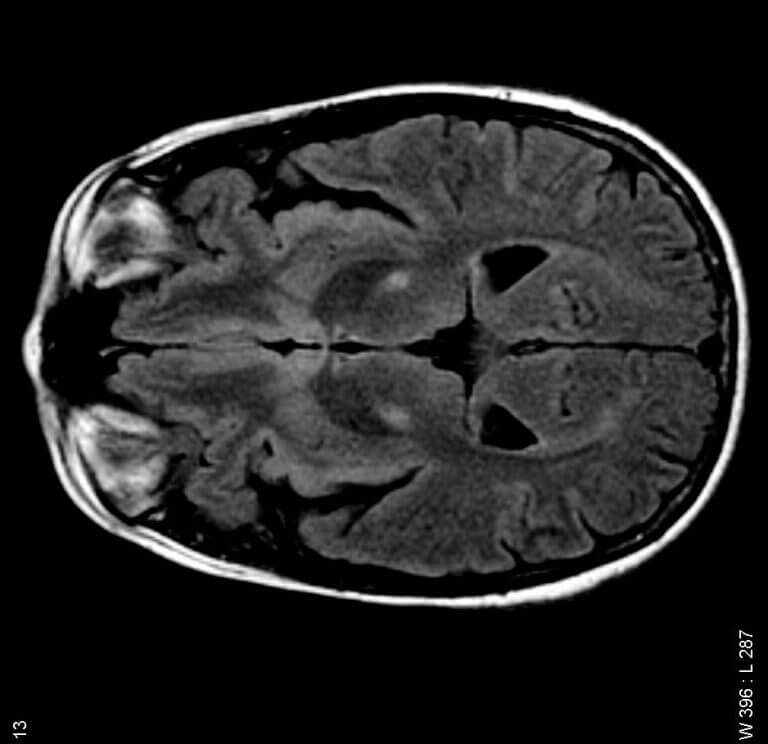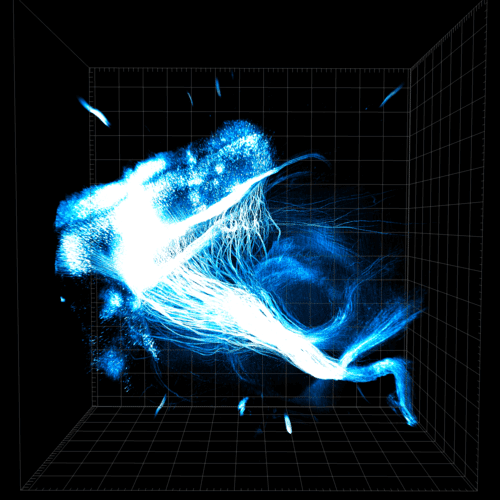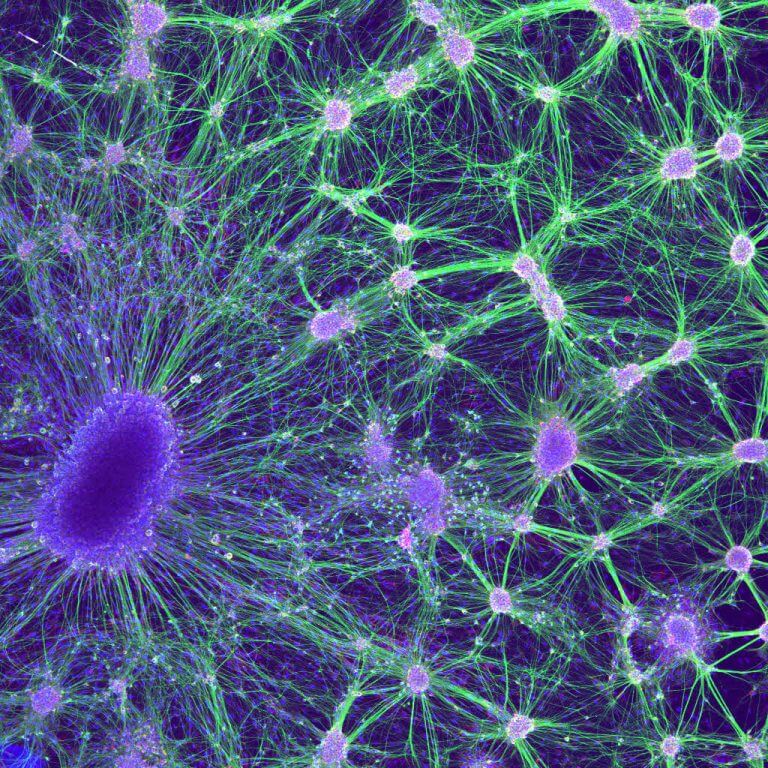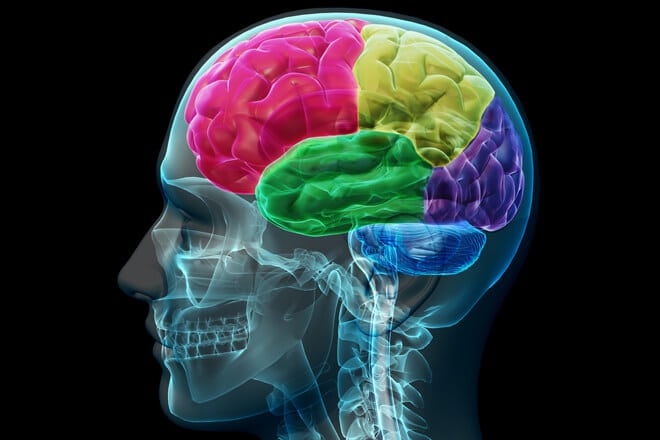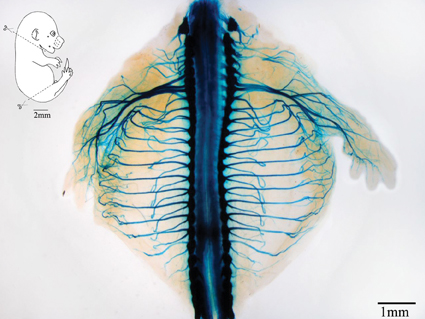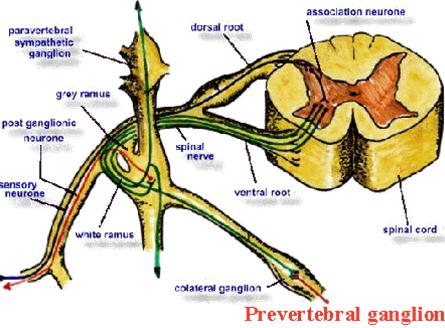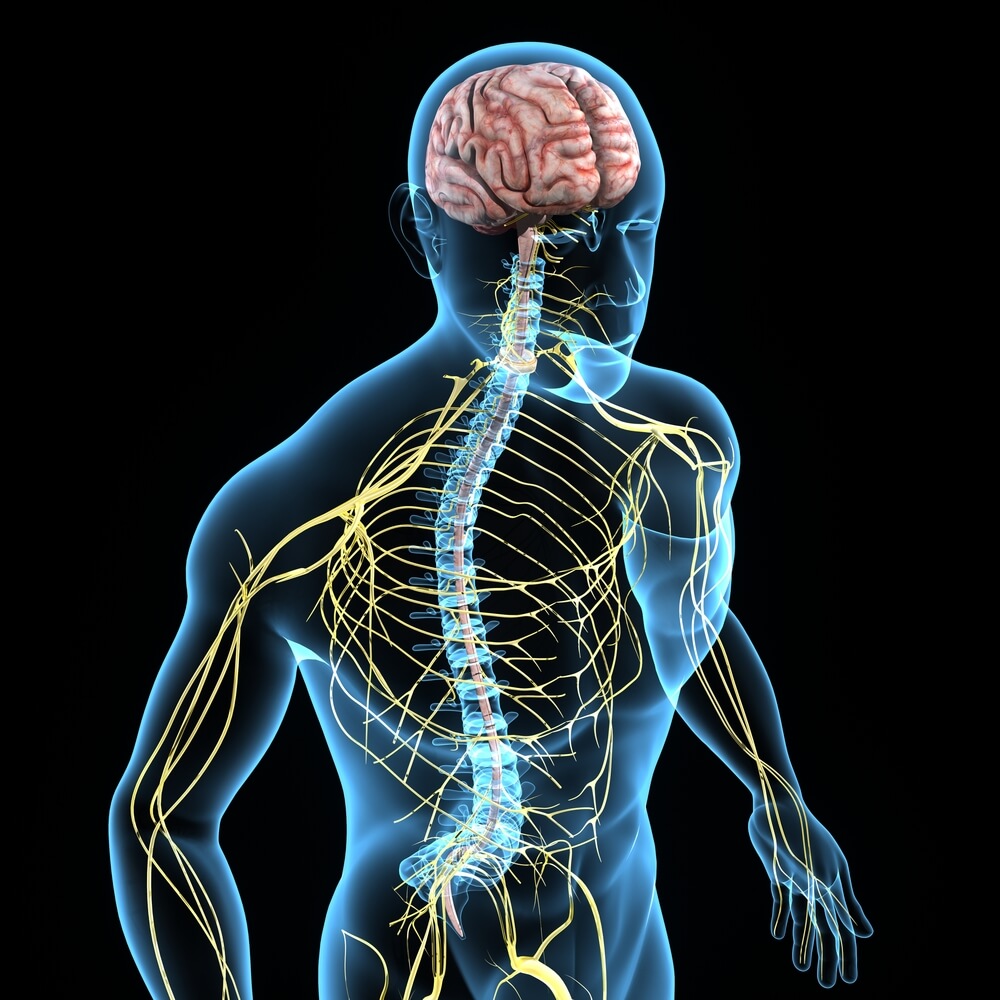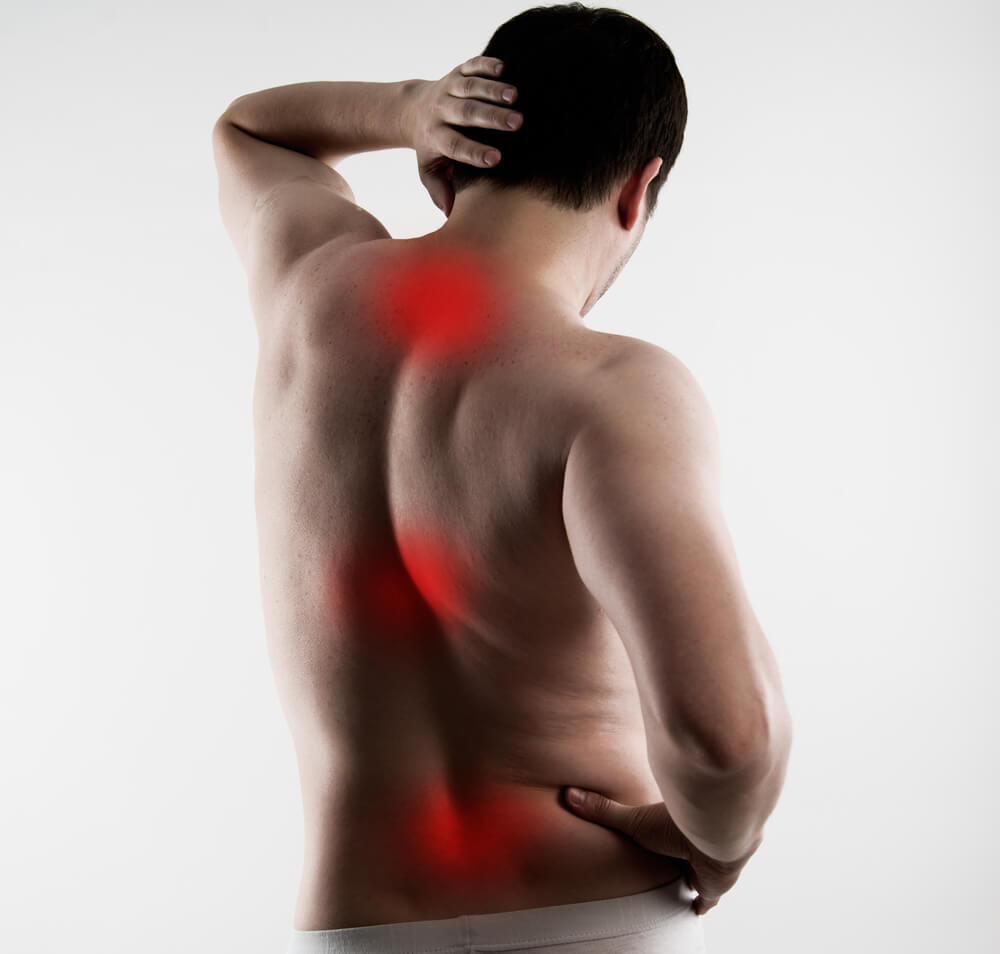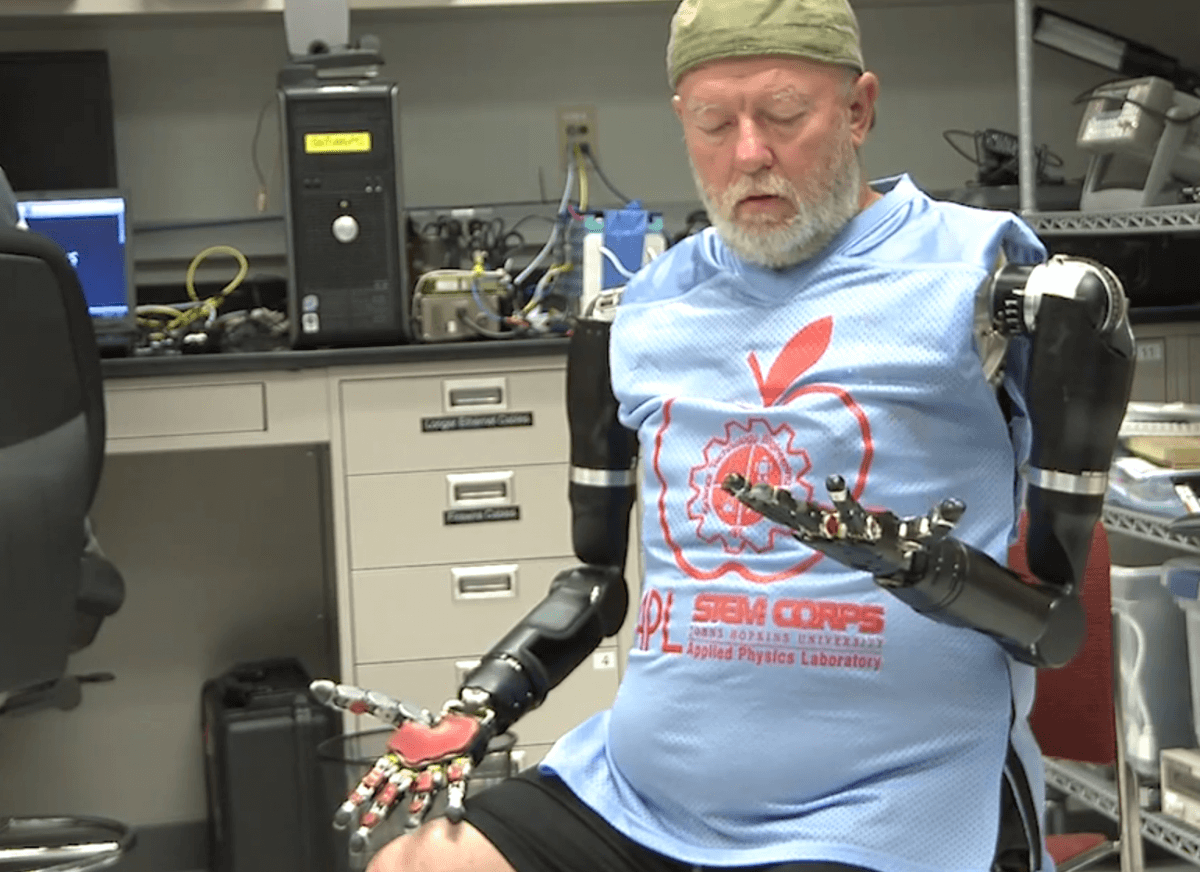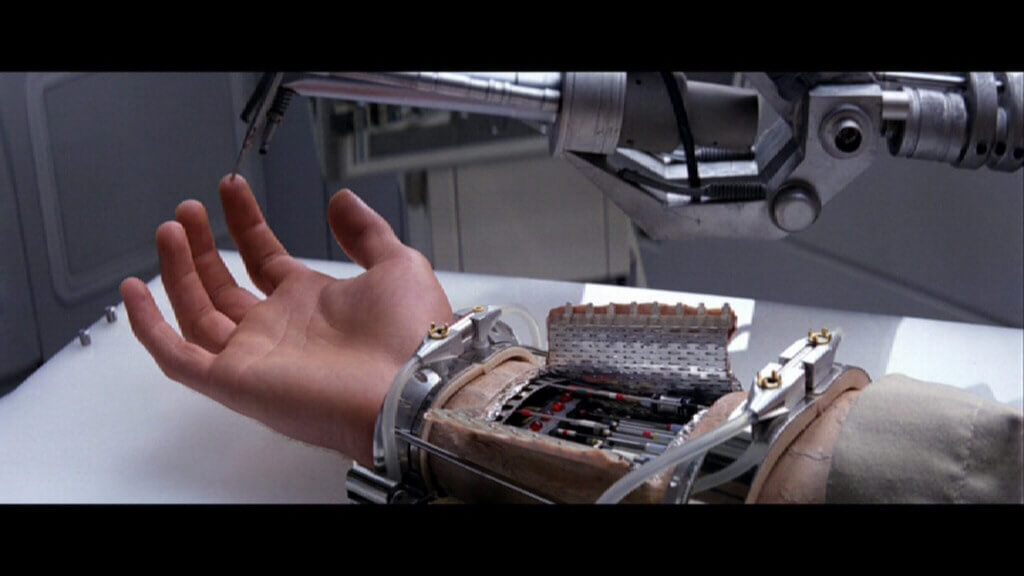Hayadan > Nervous System
Nervous System
- Avi Blizovsky
- March 25, 2024
- No comments
Researchers report new compounds that appear to be able to mimic the physical drive of exercise—at least in rodent cells. This discovery could lead to a new way to treat muscular dystrophy and other medical conditions in humans, including heart failure and neurodegenerative diseases
- Weizmann Institute
- September 12, 2023
The molecule that carries with it a message of regeneration
- Avi Blizovsky
- March 14, 2023
- 3 תגובות
Prof. Schwartz challenged the convention that nerve cells do not regenerate or recover, and discovered that the immune system also takes care of them. She also studied the blood-brain barrier and discovered that it prevents the cells of the immune system from helping in cases of brain damage such as Alzheimer's
- The Technion
- June 28, 2022
- No comments
A new material developed by researchers at the Technion and the University of Chicago is expected to optimize medical treatments and accelerate the use of renewable energies
- The Hebrew University
- August 29, 2021
Dr. Shai Sabah from the Faculty of Medicine at the Hebrew University, one of the leaders of the research published in Neuron: "The popular opinion was that each nerve cell functions as an independent entity. In contrast, we now understand that each of the synapses (junctions through which signals pass between cells) functions independently, meaning that each cell has hundreds or thousands of independent synapses
- Bar-Ilan University
- June 22, 2021
- One response
Four universities from around the world are cooperating with the goal of researching the nervous system: from Japan, the USA and Italy. Prof. Orit Shafi from the Faculty of Engineering in Bar Ilan: "It's a great privilege to be chosen out of 700 candidates"
- Weizmann Institute
- August 29, 2020
- One response
Proof that drugs already approved for other purposes can be used to treat chronic pain sufferers. Since the safety of these compounds has been proven in humans, clinical trials for the new use are already possible in the near future.
- Weizmann Institute
- August 16, 2020
- 3 תגובות
- The Hebrew University
- June 22, 2020
- 3 תגובות
- Yoram Soreq
- April 29, 2020
- One response
- Weizmann Institute
- February 24, 2020
- One response
- Weizmann Institute
- February 5, 2019
- No comments
- Weizmann Institute
- December 17, 2018
- No comments
- Scientific American Israel
- October 25, 2017
- No comments
- Scientific American Israel
- May 8, 2017
- No comments
- Weizmann Institute
- March 22, 2017
- No comments
- Scientific American Israel
- October 31, 2016
- No comments
- Young Galileo
- September 23, 2016
- No comments
- Science site The Conversation
- July 10, 2016
- No comments
- Scientific American Israel
- July 28, 2015
- One response
- Mosaic science website
- July 5, 2015
- 8 תגובות
- Avi Blizovsky
- May 25, 2015
- 2 תגובות
- Audi Lam
- December 21, 2014
- 4 תגובות
- Dr.Roey Tsezana
- October 13, 2014
- 3 תגובות

